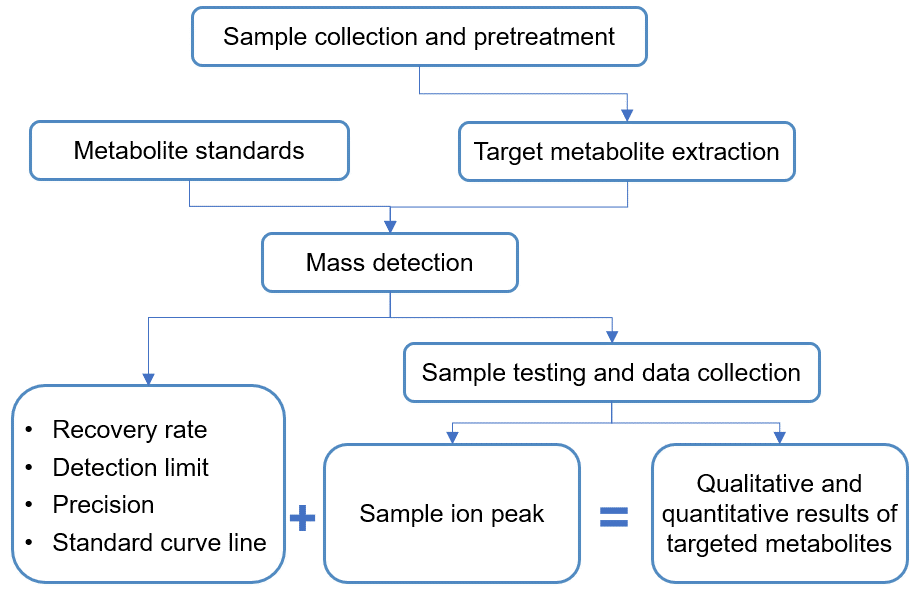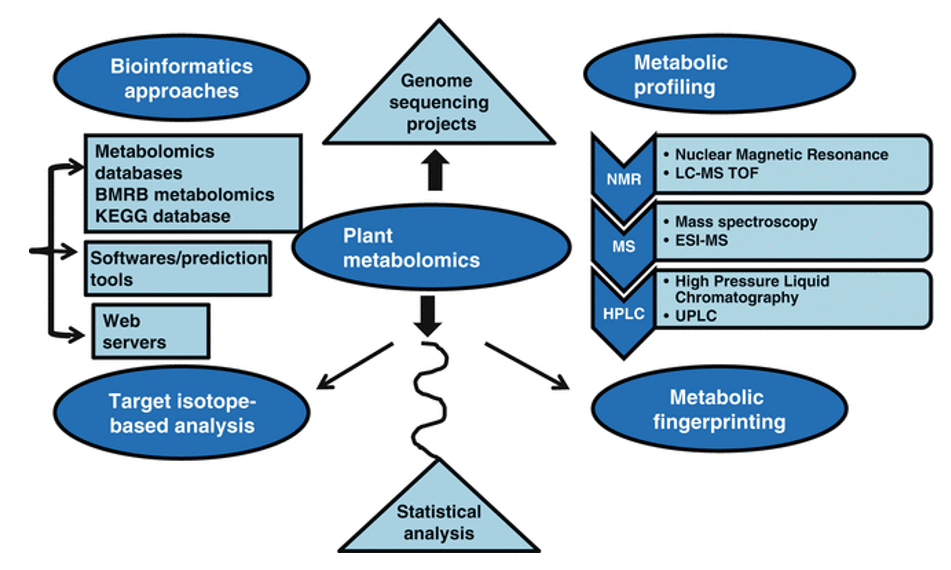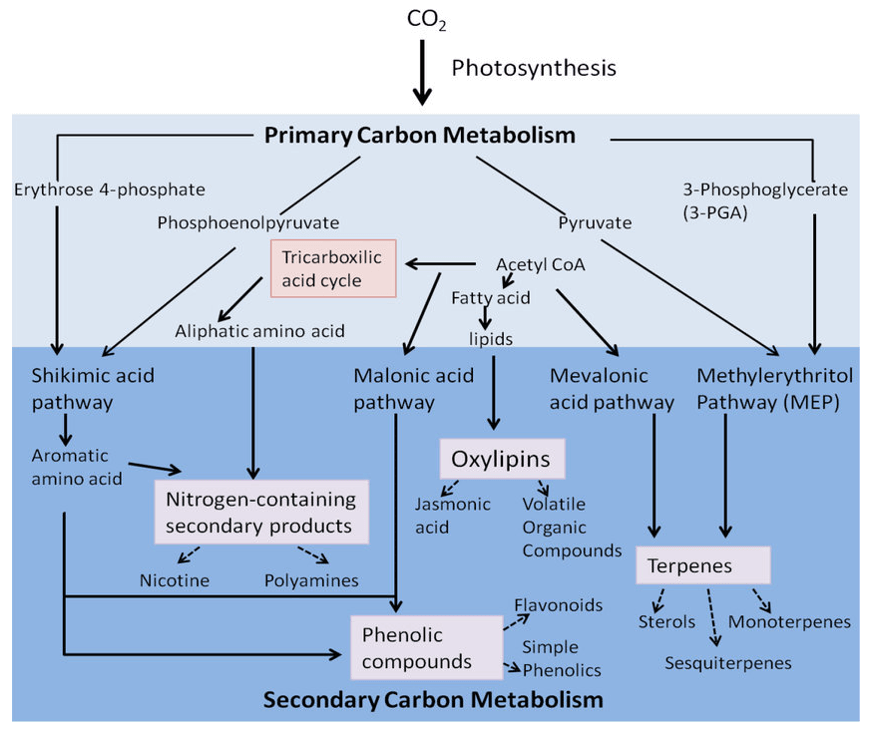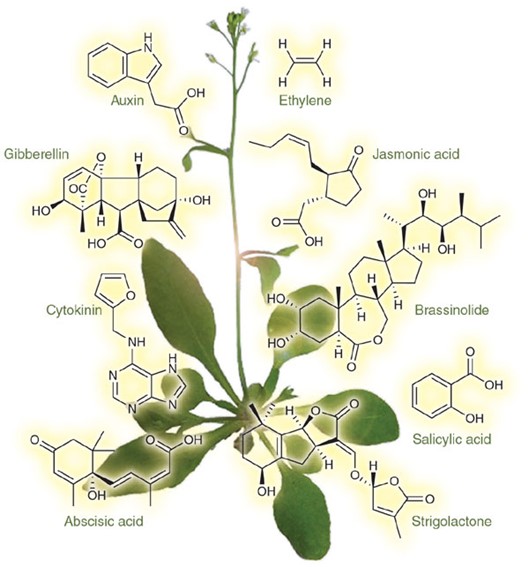Lycopene Analysis Service
Submit Your InquiryLycopene is a carotenoid and a red pigment found in plant foods and is widely found in tomatoes, carrots, watermelon, papaya, guava, grapefruit and other fruits. It is also found in various organs and tissues of the human body, mainly in the human blood, adrenal glands, liver, testes, prostate, breast, ovaries, uterus, digestive tract and other organs. Studies have shown that low levels of lycopene in the human body are associated with the development of certain chronic diseases and cancers such as prostate cancer, uterine cancer, and atherosclerosis.
Lycopene has superior properties over other carotenoids, such as the strongest antioxidant properties among carotenoids. Its ability to burst singlet oxygen and scavenge free radicals prevents oxidative damage to lipoproteins and DNA, thus preventing cancer, and inhibits the formation of LDL cholesterol oxidation products, preventing coronary heart disease. Lycopene promotes the synthesis of proteins with the ability to maintain normal intercellular binding, inhibits the genetic expression of the metastatic proliferation factor alpha-TGF, suppresses cancer cell proliferation factors, and activates immune cells. Based on its wide range of physiological effects, lycopene is widely used not only as a natural pigment, but also increasingly in functional foods, pharmaceuticals and cosmetics.
With LC-MS/MS and GC-MS technologies, Creative Proteomics has developed different sample pre-treatment and detection methods for accurate and efficient qualitative and quantitative analysis of lycopene.
 Structure of lycopene
Structure of lycopene
Detection Platform
- LC-MS/MS
- GC-MS
Waters ACQUITY UPLC, MS-SCIEX QTRAP 4500/5500/6500
Agilent 7890B-5977A, Thermo TRACE 1300-TSQ 9000
Technical Workflow of Targeted Metabolomics of Lycopene

Analysis Content
- Standard curve creation
- Raw data preprocessing
- Absolute quantitation of lycopene
Sample Preparation
| Sample type | Suggested sample quantity (per case) | Number of repetitions (recommended) |
|---|---|---|
| Plant tissue | ≥ 1g | ≥ 6 |
| Animals tissues | ≥ 200 mg | ≥ 10 |
| Serum, plasma | ≥ 500 μl | ≥ 6 |
| Urine | ≥ 200 μl | ≥ 6 |
| Stool, intestinal contents | ≥ 200 mg | ≥ 6 |
| Cell | ≥ 107 | ≥ 6 |
※ There is no restriction on sample varieties. For varieties with special requirements or rare varieties, please contact us for more information. After collecting the samples, they were quickly frozen in liquid nitrogen, and then transferred to -80°C for storage. Transported on dry ice.
Feedback to Customers
- A detailed technical report will be provided at the end of the entire project, including experimental procedures and instrument parameters.
- The report also includes quantitative results of targeted metabolites.
- Part of the mass spectrum picture
- Raw data
Project Cycle
- A standard experimental procedure takes about 1 ~ 4 weeks.
Creative Proteomics has an integrated separation, detection, identification and quantification system, with excellent robustness and reproducibility, high sensitivity and ultra-sensitivity, and can provide fast and reliable targeted metabolomics services. Our one-stop service model can help you achieve a seamless connection between upstream and downstream experiments. Coupled with personalized analysis services, your analysis can reach the final research purpose. If you have any questions or specific requirements, please feel free to contact us.










